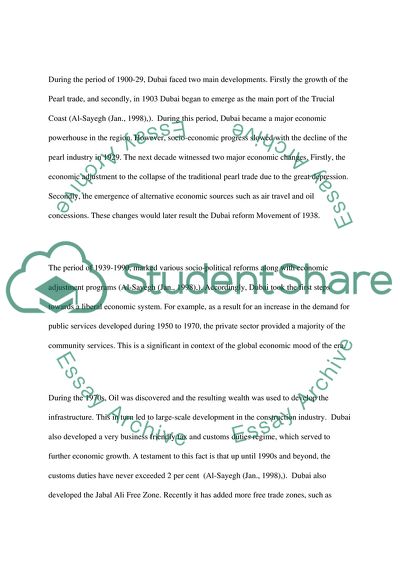Cite this document
(Economic History and Development of Dubai Research Paper, n.d.)
Economic History and Development of Dubai Research Paper. Retrieved from https://studentshare.org/macro-microeconomics/1735860-dubais-financial-crisis
Economic History and Development of Dubai Research Paper. Retrieved from https://studentshare.org/macro-microeconomics/1735860-dubais-financial-crisis
(Economic History and Development of Dubai Research Paper)
Economic History and Development of Dubai Research Paper. https://studentshare.org/macro-microeconomics/1735860-dubais-financial-crisis.
Economic History and Development of Dubai Research Paper. https://studentshare.org/macro-microeconomics/1735860-dubais-financial-crisis.
“Economic History and Development of Dubai Research Paper”, n.d. https://studentshare.org/macro-microeconomics/1735860-dubais-financial-crisis.


